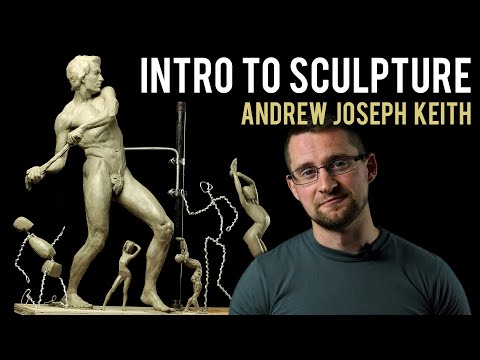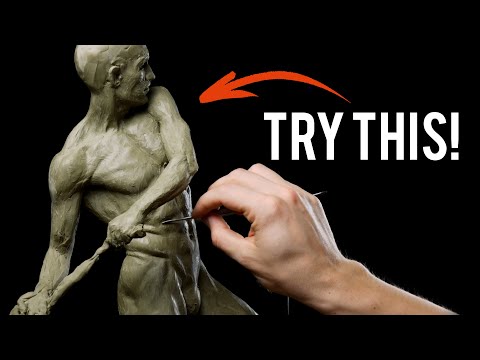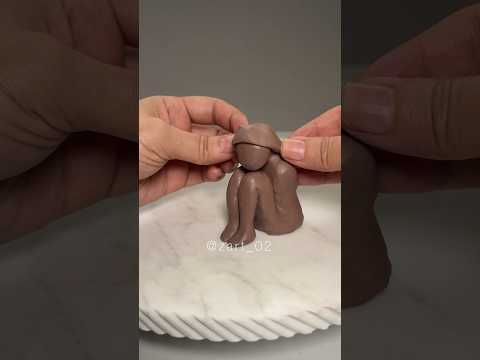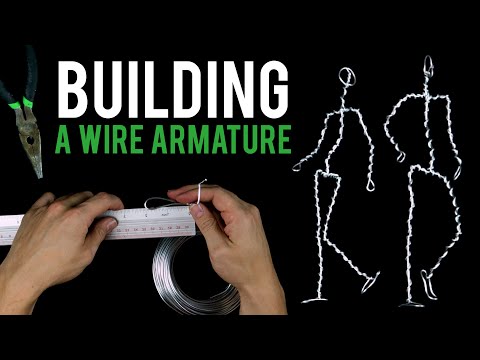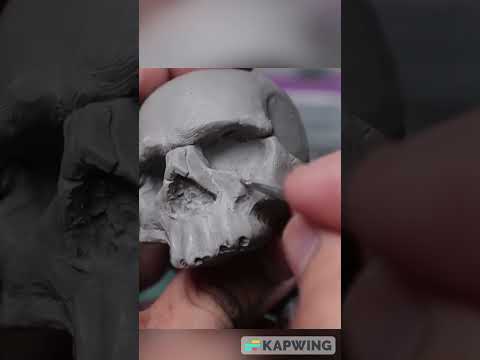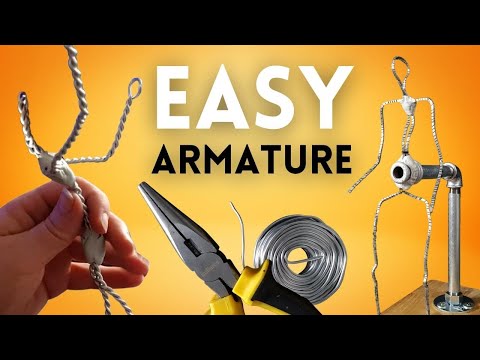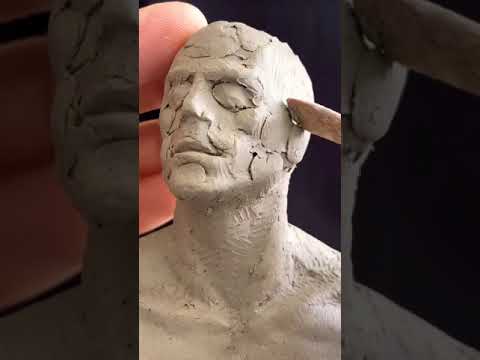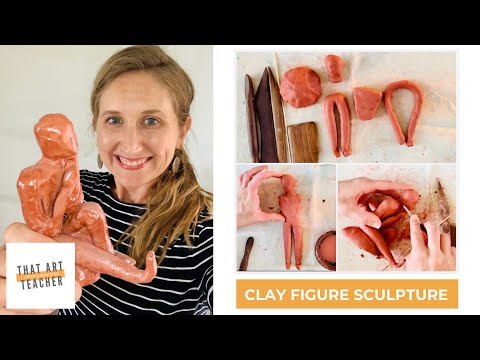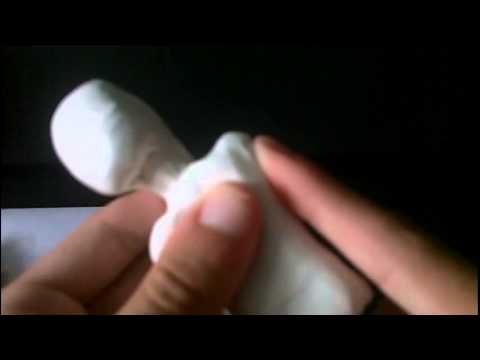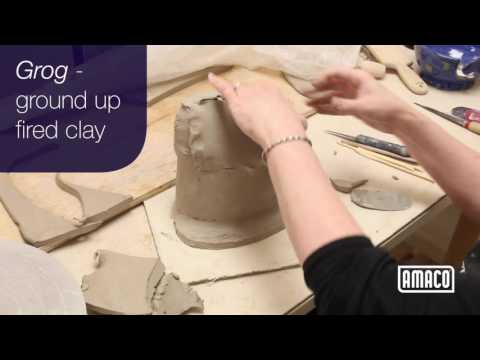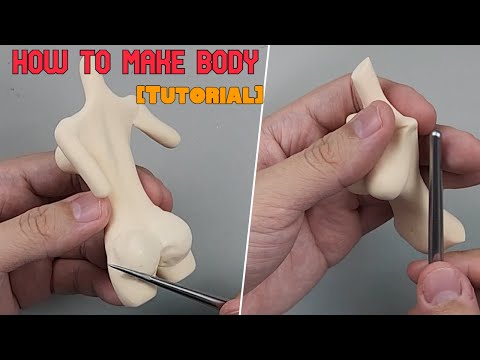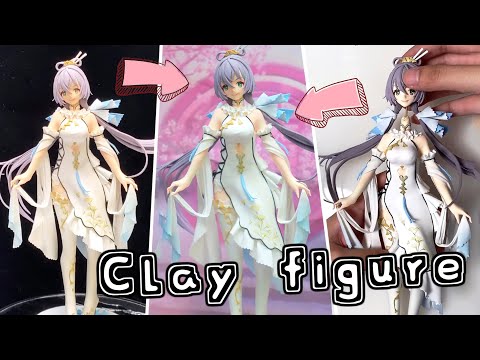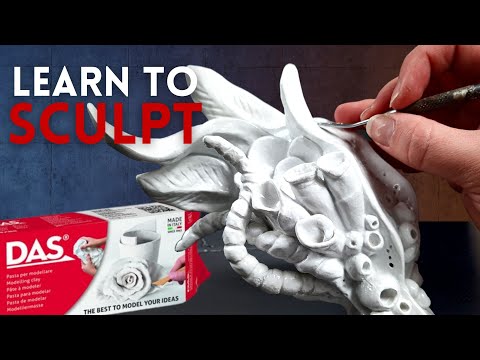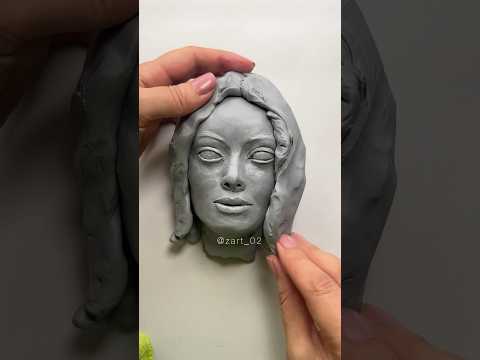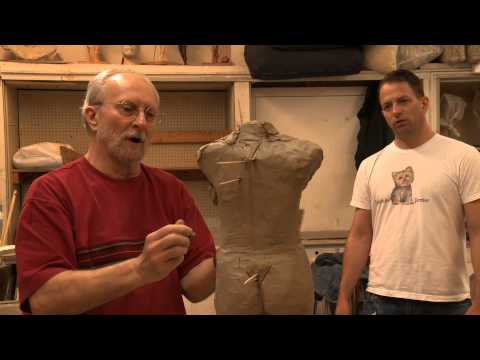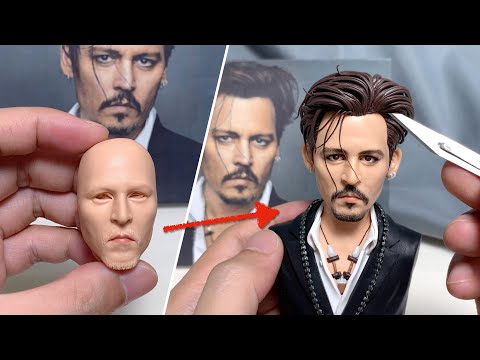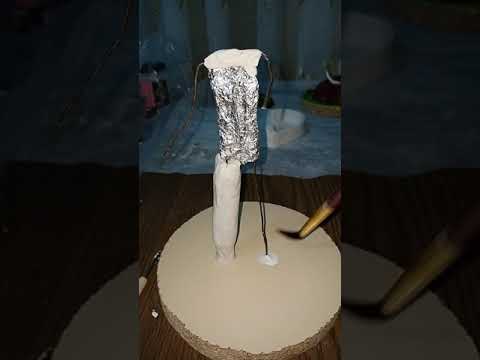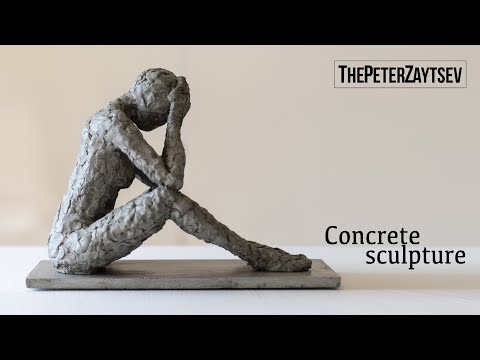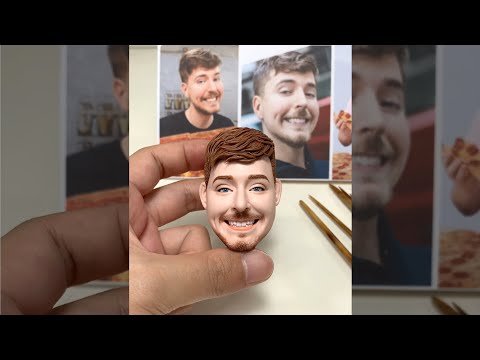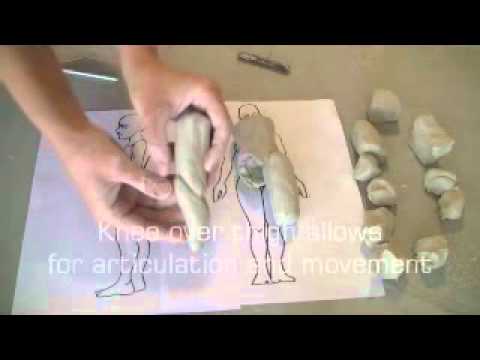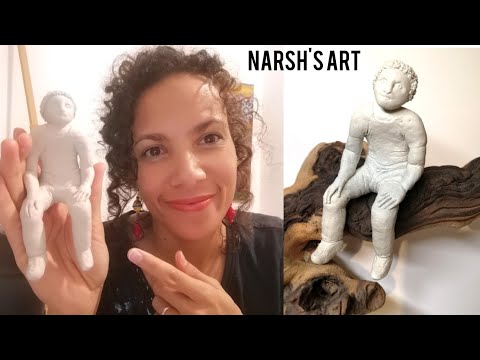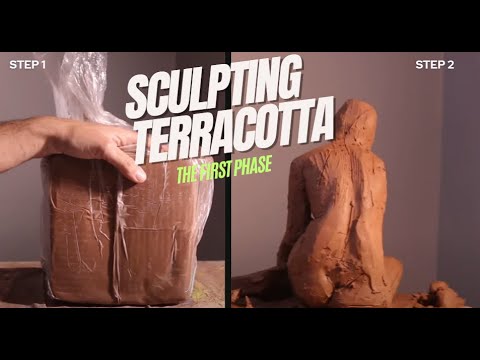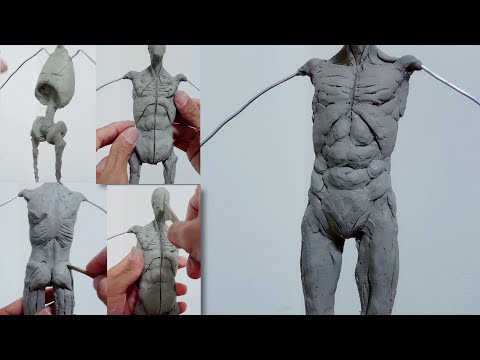Creating clay figurative sculptures, especially human figures, is a wonderful and challenging art form. Let’s break down the basic steps involved in this process and discuss each one with some tips and pointers.
1. Gathering Materials
First things first, you need the right materials. You’ll need clay, obviously, but the type of clay can vary. Some people prefer oil-based clays for their malleability and reusability, while others go for water-based clay for a more traditional feel. You’ll also need sculpting tools, like wire-end tools, ribbon tools, and loop tools, plus a sturdy armature if you’re working on a larger piece.
2. Creating an Armature
Now, about that armature. It’s like a skeleton for your sculpture. For smaller figures, you might not need one, but for anything larger or more detailed, an armature is crucial. It provides support and helps you keep the proportions accurate. You can use wire, aluminum foil, or even wood.
3. Basic Shaping
Here’s where the fun begins! Start by blocking out the basic shape of your figure. Don’t get caught up in details yet. Focus on getting the overall proportions and posture right. Think about the stance of your figure – is it sitting, standing, or in motion?
4. Adding Details
Once you’re happy with the basic shape, you can start adding details. This is where your tools come in handy. Use them to define muscles, facial features, and other intricate parts. Remember, the key to realism in figurative sculpture is observation. If you can, work from a model or reference photos.
5. Texturing
Textures can really bring your sculpture to life. Use different tools to mimic skin texture, hair, clothing folds, etc. It’s all about creating depth and realism.
6. Drying and Firing
If you’re using water-based clay, once your sculpture is complete, it needs to dry slowly to prevent cracking. Then, it’s time for firing in a kiln, which hardens the clay permanently. Oil-based clays don’t require firing, but you might want to cast your sculpture in another material for permanence.
Tips and Pointers
- Start Small: If you’re new to this, begin with small projects. This helps you get a feel for the material and the process.
- Keep Proportions in Check: Use tools like calipers to measure and ensure accurate proportions. Human anatomy can be tricky, so this is super important.
- Stay Patient: Sculpting takes time. Don’t rush the process. Enjoy it!
- Constantly Observe: Keep looking at your reference material. Even the most experienced sculptors need to constantly check their work against real life or photos.
- Experiment with Styles: Realism is just one approach. Don’t be afraid to try stylized or abstract forms as well.
Sculpting human figures in clay can be incredibly rewarding. It’s a blend of technical skill and artistic expression. Every piece you create is a learning experience, so embrace the challenges and enjoy the process!
